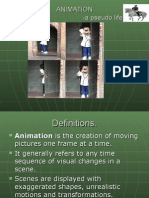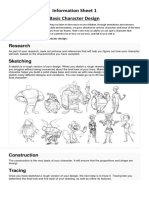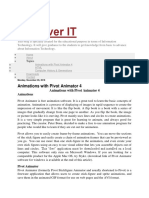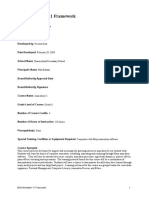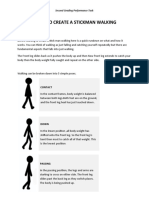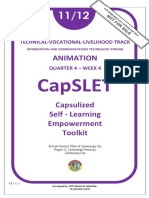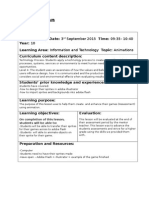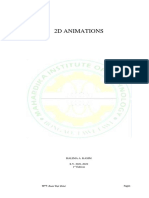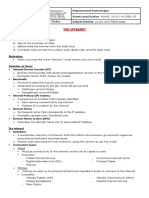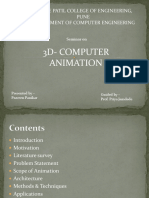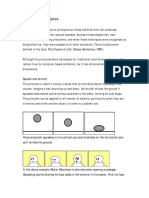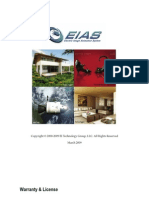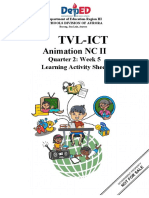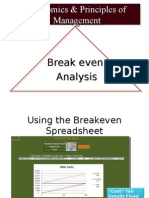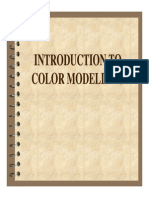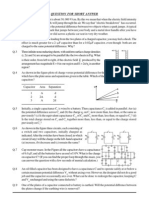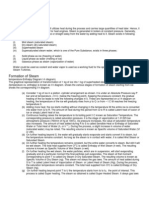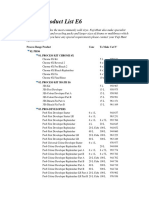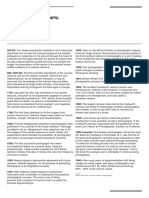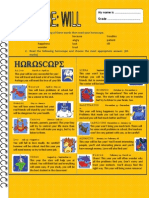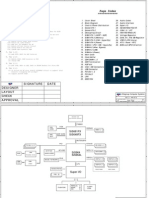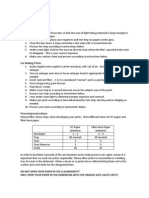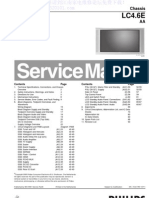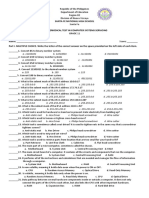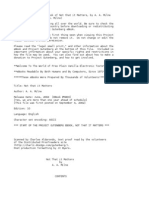ANIMATION
S.BALAMURUGAN
ASST.PROF (Sr.G)
DEPARTEMENT OF MECHANICAL ENGINEERING
SRM UNIVERSITY
�CONTENTS
ANIMATION
CONVENTIONAL, COMPUTER AND
ENGINEERING ANIMATION
TYPES AND TECHNIQUES
�What is Animation?
Definition:
A collection of static images joined together
and shown consecutively so that they appear to
move.
�Group all the shapes, shrink them and then position them in a series of
slides to test your animation.
Press PAGE DOWN to sequence through the next few slides. You will see
how the bird animates. With just two frames, you can get pretty cool
looking animations.
��������Animation and Frame Rates
TV video builds 30 entire frames or pictures every
second.
Movies are shot at a shutter rate of 24 frames per
second, but using projections tricks the flicker is
increased to 48.
On some projectors each frame is shown 3 times
before the next frame, for a total of 72 flickers per
second which helps eliminate the flicker effect.
Cel Animation plays at 24 frames per second.
�Animation Techniques
Computers have taken a great deal of
handwork out of the animation and
rendering process.
And commercial films such as Jurassic Park,
Beauty and the Beast, Toy Story, and Shrek
have utilized the power of the computers.
�TRADITIONAL ANIMATION
Also called cel animation or hand-drawn animation.
Begins with a storyboard.
A preliminary soundtrack is recorded.
Penciled drawings are made by lead animators of
keyframes.
Pencil tests are prepared.
Artists called in-betweeners draw the frames between
the keyframes.
The drawings are traced onto cels and painted.
Finally, they are photographed.
�COMPUTER ASSISTED ANIMATION
The computer is used to make the animation process
quicker and easier.
Usually involves 2-D images
Can be hand-drawn and scanned into the computer.
Can be drawn directly into the computer using graphics
tablets.
The images are positioned into keyframes containing the
most important movements.
Tweening is then performed by the computer to create
images between keyframes.
�Computer Assisted Animation
Even though computers are now used
extensively, many traditional steps are still
used.
Storyboarding
Pencil Testing
Keyframes
Tweening
�Computer Generated Animation
All images, objects and animation are
created on the computer.
Typically uses 3-D images.
Adds two steps to the animation process.
Modeling process of creating a wireframe
structure of the 3-D objects and scenes.
Rendering process of applying colors,
textures, shadows, transparency, etc. to create
the final image or animation.
�3-D Graphics and Animation
3-D animations are more complex.
Creating 3-D animations involves modeling, animation,
and rendering.
Modeling is creating broad contours and structure of 3-D
objects and scenes.
Animation is determining the motions of the objects..
Rendering involves determining colors, surface textures, and
amounts of transparency of objects.
�Computer Generated Animation
Motion capture can be used to create
animation.
Actors wear special suits that allow the
computer to capture their movements.
The movements can then be applied to
computer-generated graphics.
Examples:
The Polar Express
Avatar
�Bridging the Traditional and
Computer Eras
Traditional animation is defined as the process of
creating the illusion of motion by viewing a series of
individual drawings successively.
Computer animation is creating a digital scene by
digitally recording cells, sorting them on an electronic
storyboard, and displaying them electronically in
succession.
�Overview: Traditional Animation
Early 2D Animation: Used traditional
techniques
Early 3D Animation: Neglected traditional
techniques.
Understanding the 11 Fundamental
principles of traditional animation
techniques is essential to producing good
computer animation.
�1. Squash and Stretch
Teaches basic
mechanics of
animation.
Defines rigidity of
material.
Important in facial
animation.
�Squash and Stretch Cont.
Can relieve the
disturbing effect of
strobing.
�2. Timing and Motion
Gives meaning to movement.
Proper timing is critical to making ideas
readable.
Examples:
1. Timing: tiny characters move quicker than
larger ones.
2. Motion: can define weights of objects.
�3. Anticipation
Preparation for an action
Example:
Goofy prepares to hit a baseball.
�4. Staging
A clear presentation of an idea.
Some Techniques:
1. Use motion in a still scene or use of static movement
in a busy scene.
2. Use of silhouettes (to the side)
�5. Follow Through and
Overlapping Action
1. Follow Through
Termination part of an action.
Example: after throwing a ball
2. Overlapping Action
Starting a second action before the first has completed.
Example: Luxo Jr.s hop with overlapping
action on chord.
�6. Straight Ahead Action and
Pose-to-Pose Action
1. Straight Ahead
Animator start from first drawing in the scene and
draw all subsequent frames until the end of scene.
2. Pose-to-Pose
Animator plans actions, draws a sequence of poses, in
between frames etc.
�7. Slow in and Out
Spacing of inbetween
frames to achieve
subtlety of timing and
movement.
1. 3d keyframe comp. Systems
uses spline interpolation to
control the path of an object.
2. Has tendency to overshoot at
extremes (small # of frames).
�8. Arcs
Visual path of action for natural movement.
Makes animation much smoother and less
stiff than a straight line.
�9. Exaggeration
Accentuating the essence of an idea via
the design and the action.
Needs to be used carefully.
Example: Luxo Jr. made
smaller to give idea of a
child.
�10. Secondary Action
Action that results directly from another action.
Used to increase the complexity and interest of a
scene.
Example:
Body movement is the primary
action, facial expression is the
secondary action
�11. Appeal
Refers to what an audience would like to see.
Character cannot be too simple (boring) or too
complex.
Examples:
Avoid mirror symmetry,
assymmetry is interesting.
�Animation File Formats
Software
Director
Animator Pro
Studio Max
SuperCard and Director
Windows Audio Video Interleaved
Macintosh
Motion Video
CompuServe
Flash
Shockwave
File Format
.dir & .dcr
.fli
.max
.pics
.avi
.qt & .mov
.mpeg
.gif
.swf
.dcr
�THANK YOU
